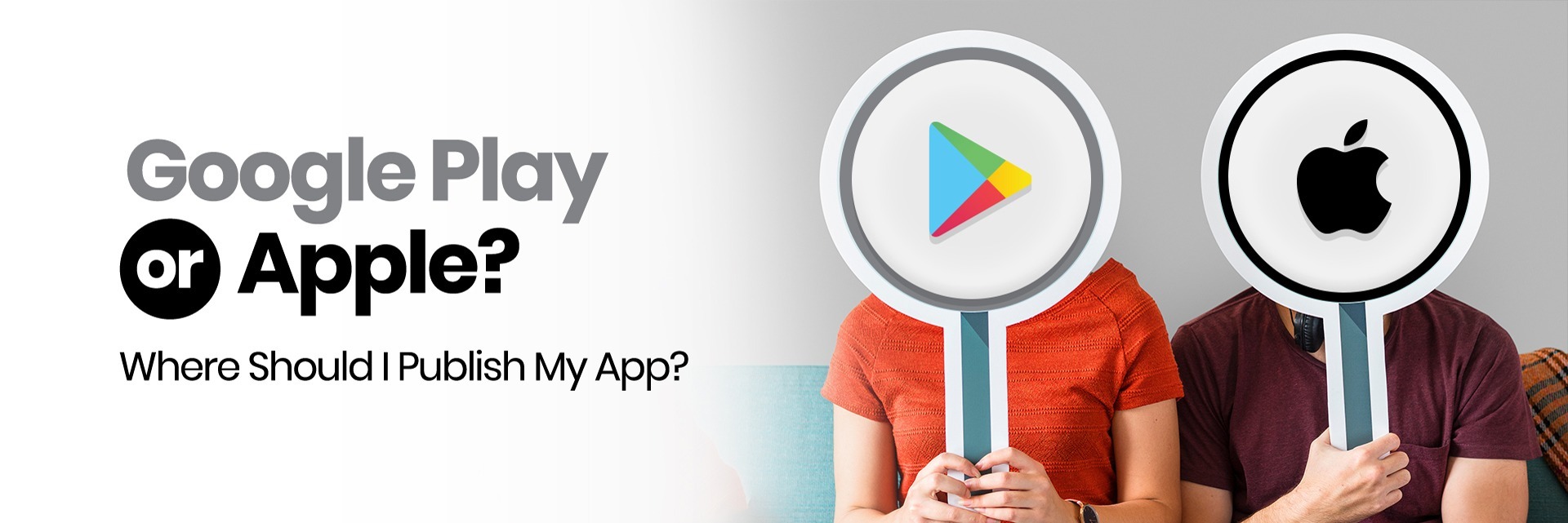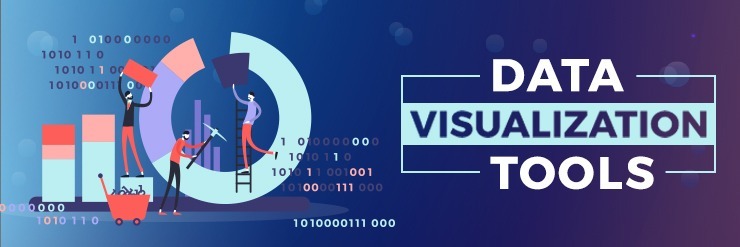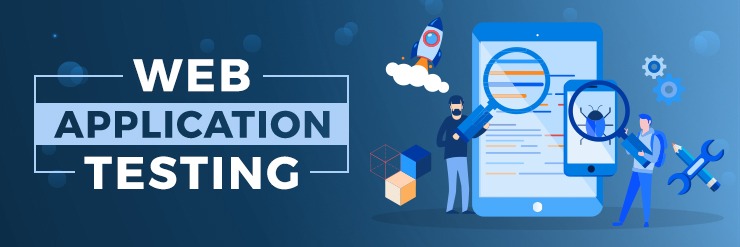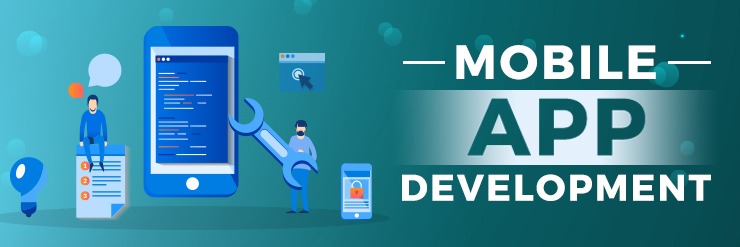The answer to this question largely depends on the “target audience.” when developing a mobile app, developers need to choose between iOS and Android or create two versions. If your target audience exists on both platforms and you are not where to publish your app first, you must search for clear guidance for your app launch.
Both of these platforms offer different advantages and disadvantages for developers looking forward to launching their apps. Developers need to make this choice by closely considering the pros and cons of each app store. For this purpose, we have evaluated both of these platforms based on three crucial factors; Approval Process, Visibility, and Cost & Monetization. The blog discusses both of these platforms in detail so that mobile app developers can get an idea of which would suit them the best. Let’s begin.
Approval Process
App Store
The approval process in the iOS App Store is the biggest concern of the developers. AppStore approval is not easy. Minor errors can lead to apps being rejected, which can be frustrating for developers who want their apps to fit specific standards. To make sure their apps adhere to Apple’s rules and regulations, App Developers must take a lot of time and effort.
Key Findings:
- It can take a long time to get approval.
- To succeed, developers must patiently work their way through a project.
- Developers must come up with creativity for their apps.
- Apps must be error-free and adhere to the rules.
- Despite being critical, the team of reviewers gives positive feedback.
Google Play Store
The process of getting an app into the Google Play Store is easier. Developers can thus experiment with their ideas without facing the frustration they face in the App Store. The only drawback is that it increases the chances of buggy apps being launched, causing frustration for users and security concerns.
Once you successfully publish your app on the AppStore, there are higher chances of success on this platform. With a lesser number of Apps, you get higher chances of visibility and revenue.
Compared to the Apple App Store, Google Play generates more than twice as many downloads. However, the App Store makes about twice as much money.
Key Findings:
- It is easy to get approval.
- Developers are encouraged to be more innovative and experimental.
- The quality of apps available to users can be reduced.
- In a market where so many apps get approval, it is challenging to stand out.
Visibility:
App Store
As we mentioned, once you pass through the tedious process of approval on the App Store, the platform offers high visibility to your app. Apple also provides several ways for app promotion, including features apps and app of the week and year.
While submitting the app to this platform, it offers you to add keywords in the field so that your app can be visible for the relevant queries on the platform.
Key Findings:
- Widely used and highly visible platform.
- Because of the competition, an app needs to be unique.
Google Play Store
As soon as an app appears on the Google Play Store, developers can work to create a customer base by providing good customer service, frequent updates, and an app that offers a valuable service. Nevertheless, maintaining visibility among such hefty competition is difficult.
Key Findings:
- Reduced visibility in terms of a high range of app availability
- In a competitive market, an app needs to stand out.
- If app store optimization is done right, the search function model can enhance the app visibility.
Costs and Monetization
App Store
A developer on the App Store pays $99 per year, and they can access numerous developer resources. Since 70% of app sales go to developers, the more popular your app is, the more you’ll make.
Key Findings:
- Developer fees are US$99 per year.
- 70% of the app revenue goes to the developers.
- The majority of app store customers are used to paying for their app download.
Google Play Store
Google Play Developers pay a one-time US$25 fee, after which they can create their app using the Google Play Console. Once you register, it is free to publish as many apps as you want. Developers receive 70 percent of the revenue generated by the app.
Key Findings:
- Registration costs $25 for developers to register one time.
- Apps that are free are downloaded most often by Android customers.
- 70% of the revenue goes to developers.
Sum It Up
Though the Apple App Store has a long and tedious approval process and intense competition, it is still a valuable tool for developers with a reasonable registration fee and a significant share of sales going to developers. On the other hand, developers do not have to undergo the tedious approval process, and they can submit their apps at an affordable cost.
Regardless of the app store you choose, you will get good visibility for your app. However, it will be more challenging to make money with an Android app in the Google Play Store, as many Android users prefer free apps. Alternatively, since the App Store was created in 2008, Apple has paid out more than $100 billion to developers.
| App Store | Google Play Store |
| High visibility | Offers an effective search model to boost app visibility |
| It costs $99 for submission. | It costs $25 to submit an app. |
| Good feedback from the App review team | Less guidance when an app is rejected |
| Getting approval can take a long time. | The submission process is less tedious. |
| Lots of competition | The platform can be fragmented. |
| Users are willing to to pay for valuable apps. | Android users tend to want free apps. |
The Bottom Line
The Google Play Store and OS App Store are both the leaders in the mobile app market. Each of these markets has a broad audience base and an excellent developer resource.
Even though Google has a bigger market share than Apple, developers can profit more from the App Store and have more ways to monetize. For example, it is common for app developers to launch an app first on the App Store, and if everything goes well, they build an Android version later.
Google Play Store and Apple App Store offer excellent developer support resources regarding marketing, promotion, app launches, monetization, etc. Effectively using these resources will make your project more likely to succeed in the market.







